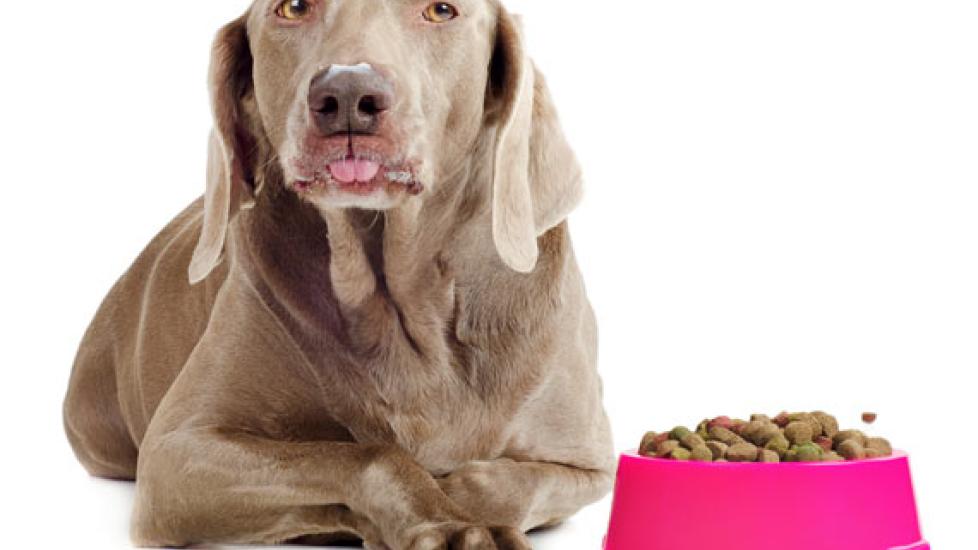Dogs Don’t Want Carbs
What would dogs eat if they could choose for themselves?
That is the question that a recent study tried to answer — at least with regards to the relative concentrations of protein, fat, and carbohydrate in dry, canned, and “home” prepared foods.
Scientists ran three experiments using adult Papillons, Miniature Schnauzers, Cocker Spaniels, Labrador Retrievers, and Saint Bernards (female and male, neutered and intact).
Experiment 1 — the dogs were offered dry foods with variable protein, carbohydrate, and fat levels.
Experiment 2 — the dogs were offered commercially available wet foods with variable protein, carbohydrate, and fat levels.
Experiment 3 — the dogs were offered wet foods with a standard protein level but variable carbohydrate and fat levels. The foods were made from blended, skinless chicken breast, lard, wheat flour, vitamins, and minerals.
In experiment one, the researchers found that the composition of the dry food limited the dogs’ ability to eat what they wanted. To form kibble, dry food requires a relatively high percentage of starch. In essence, the dogs were forced to eat more carbohydrate than they wanted.
When eating wet food, the dogs were better able to select their preferred ratios. To quote:
Dogs in the wet diet treatments composed a diet that had similar protein concentration to those in the dry diet treatment (all dogs fell within the band spanning 25–35% total energy as protein), but was considerably lower in carbohydrate and higher in fat than dogs in the dry diet treatments. This pattern, taken together with the fact that dogs in the dry diet treatment selected intake points that were close to the minimum carbohydrate concentration available to them, suggests that the dry diets are appreciably higher in carbohydrate than the target diet composition. Indeed, even dogs on wet foods appear to have minimized the proportional carbohydrate content of their diet. Overall, these data suggest that the preferred diet composition of the dogs has low carbohydrate:fat balance, with between 25% and 35% of energy contributed by protein.
Experiment three confirmed the nutrient ratios that were revealed in experiment two, while eliminating the chance that the dogs were eating more of one wet food than the other because of differences in palatability.
Taken together, these results suggest that the target diet of dogs in our study consists of approximately 30% of energy from protein, 63% of energy from fat, and 7% of energy from carbohydrate.
Despite this research, I’m not convinced that a diet consisting of 30% energy from protein, 63% energy from fat, and 7% energy from carbohydrate is right for most pet dogs.
These preferences evolved when canine ancestors were extremely active hunters in a feast-or-famine environment. Today’s canine couch potatoes who never miss a meal could get quite fat on this type of diet if their portions aren’t strictly controlled (weight gain was a problem in the study we’ve been talking about). Also, switching to a high fat diet may result in pancreatitis if the transition isn’t done gradually.
That said, I do think it makes sense for owners to look for dog foods that get approximately 30% of their energy from protein and are as high in fat and low in carbohydrates as their dog’s lifestyle can support.

Dr. Jennifer Coates
Image: bitt24 / Shutterstock
